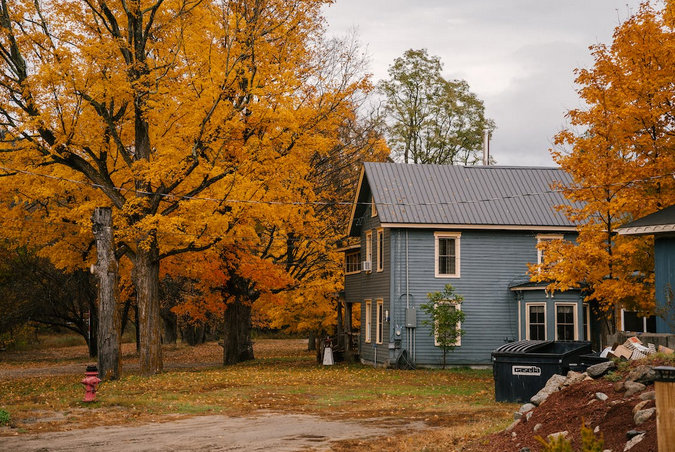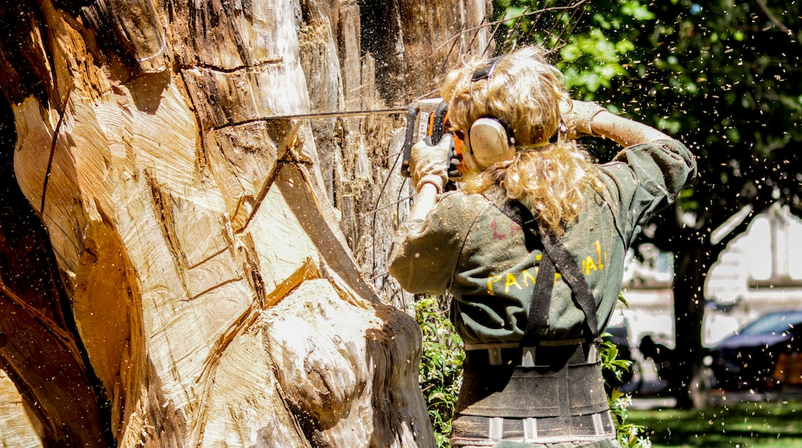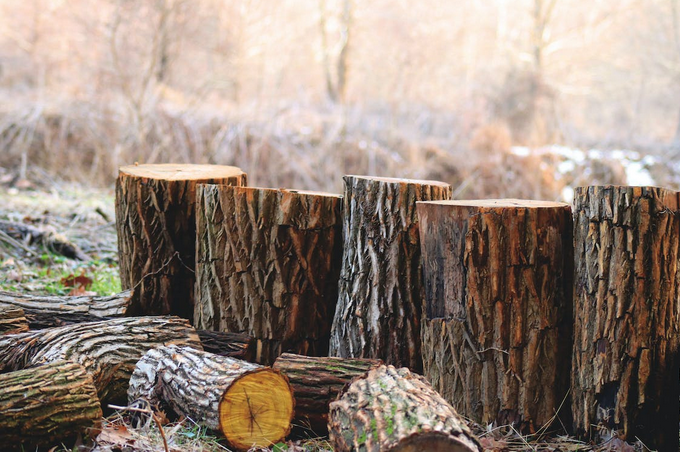Is that towering tree in your backyard starting to make you feel a little uneasy? Perhaps its branches have been mysteriously falling without warning, or maybe it’s leaning dangerously close to your beloved home. Whatever the case may be, there are telltale signs that indicate it might be time to bid farewell to that once majestic tree on your property. Hiring professionals from Tree Cutting Toronto is the way out. But how do we know it’s really time for the removal? Here is the answer.
The Tree Is Leaning Close to Your Home

When a tree starts to lean towards your house, it’s not something to be taken lightly. While some trees naturally have a slight lean due to their growth patterns, an excessive or sudden tilt can indicate serious trouble. It could be a sign of root damage or compromised stability within the tree.
The last thing you want is for that towering giant to come crashing down onto your roof during the next big storm! Not only would it cause extensive damage to your property, but it could also put you and your family at risk. If you notice any significant leaning happening with one of the trees on your property, don’t delay – reach out to an arborist or professional tree removal service right away. They’ll assess the situation and determine if removal is necessary for safety reasons.
The Branches Randomly Fall From the Tree
The branches randomly falling from a tree can be a cause for concern and may indicate that it’s time to consider removing the tree from your property. While some branch shedding is normal, especially during periods of heavy wind or storms, frequent and unpredictable branch falls should not be ignored. One possible reason for this phenomenon could be disease or decay within the tree. As a tree ages, it becomes more susceptible to various diseases and infections that can weaken its structure. If you notice an increase in branch fall without any apparent external factors like strong winds, it could be a sign that the tree is compromised internally.
It Has Severe Storm Damage

Severe storms can wreak havoc on trees, causing significant damage that may be irreparable. If you notice your tree has been affected by a particularly intense storm, be sure to assess the extent of the damage right away and determine if removal is necessary. These can often be seen by split or broken branches. These damaged limbs not only pose a safety risk but also indicate that the structural integrity of the tree may have been compromised. Sometimes, it can also be seen when the trunk or main stem of the tree sustains significant injury. This can include deep cracks or splits, which weaken its overall stability.
The Tree Is Stunting Other Plants’ Growth
While trees can provide shade and beauty, they can also compete with neighboring plants for essential resources like sunlight, water, and nutrients. When a tree becomes too large or dense, its canopy can cast a shadow over nearby vegetation, depriving them of much-needed sunlight. his lack of light can cause these plants to become weak and stunted in their growth. You may notice that flowers fail to bloom or vegetables struggle to produce fruitful harvests. Furthermore, the roots of mature trees often extend far beyond their visible base. These underground systems have the potential to outcompete surrounding plants for water and nutrients in the soil. As a result, neighboring plants may suffer from dehydration or malnutrition. If this is what you’re seeing, it’s time to say goodbye to your tree.
When considering removing a tree, always consult with a professional arborist who can assess its condition and provide expert advice. They will ensure that all necessary precautions are taken during removal to minimize risks.

